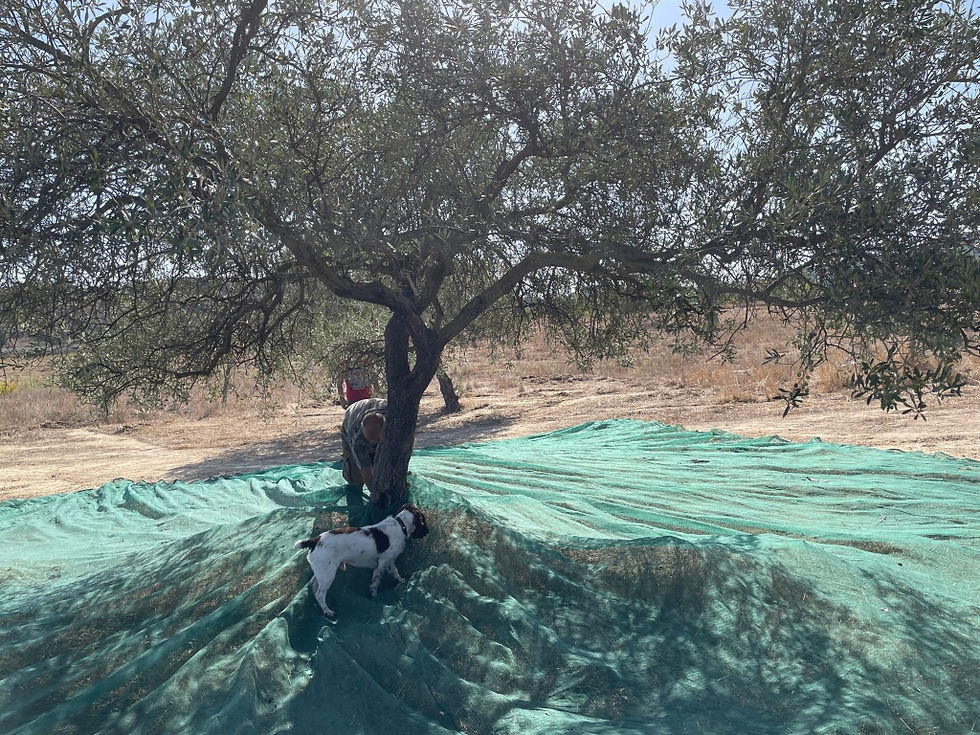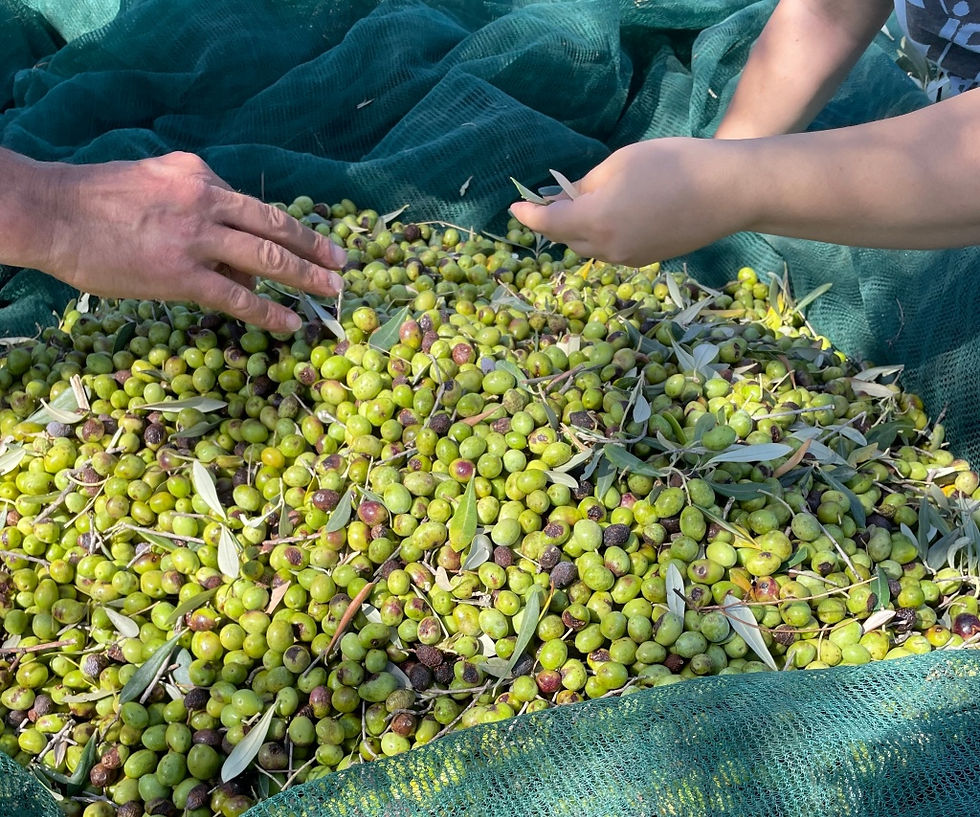
Sardinia likes to keep its traditions alive… from recipes to festivals, time-honoured procedures are followed with devotion.
It’s what makes it such a fascinating country to visit – this duality between the present and the past.
But of late, there’s been a dawning realisation that just because things were always done a certain way, doesn’t mean they always should be.
Take olives.
They’re a big part of life here. Everyone grows or knows someone who grows them. And, come October, friends, family and even interlopers like me, are rallied to help harvest by hand.
It’s often hot, but always companionable work. And it’s usually rewarded with a long lunch and, later, a bottle of thick, deliciously complex, first-press oil with a magnificent aroma.
The trees we helped harvest this year were more than 70 years old – that’s not an unusual age. But for at least two generations, they were left to grow in the belief that the more you left them to develop, the better the crop.

And when the fruit was picked, it wasn’t taken immediately to the local frantoio di olive (the olive presser). Instead, the olives would spend several days at home, being turned. That may have been initially because the volume of olives going through the presses was so large, and the process so slow, that they had to wait (and turning prevented the fruit from going mouldy in the heat). But we don’t know. Anyway, everyone did it, so every generation continued to do it.
Today, the trees are pruned hard, so light reaches into the centre of the canopy, stimulating growth, because olives in fact grow on new wood. And the tiny fruits are almost blue-lighted from the olive grove to the frantoio because farmers know the acidity level starts rising as soon as they’re shaken from the trees. The longer they wait, the more bitter the oil becomes.
The proof that this represents progress over tradition is in both the volume and quality of the oil. The best trees that we picked yielded at least 60kg of fruit – and these are grown without any chemical treatment or artificial fertiliser. From the first 270kg of olives that we sped over to the frantoio, we were rewarded with 55litres of wonderfully sweet, thick pure oil, the like of which you’d never find in a supermarket.

The frantoio that our olives went to works frantically to process the local crop from October to early December. Bags are delivered by families who wait on plastic chairs to take away big glass bottles or water carriers full of their precious green, extra virgin oil. The shepherds who run the frantoio are moving with the times, too. Next year they’re hoping to invest in a piece of kit that will turn the waste from the press into olive pomace briquettes, a biofuel with a higher calorific value than wood, which they will sell back to the community for domestic or industrial boilers. Several studies suggest olive pomace is a more environmentally friendly fuel with much lower sulphur emissions. It helps close the ecological loop.

The altered approach to growing and harvesting olives in the countless comparatively small, non-commercial groves across the island, could almost be a metaphor for what we’ve seen happening in Sardinia over the past 10 years… they’re not abandoning traditions so much as improving on them. Not breaking the thread that bind today’s generation to all those that have gone before, but just making it a little elastic so the island can accommodate progress.
While it’s sometimes hard not to follow the way your parents, grandparents and even great grandparents taught you, if you want life, like the oil, to taste sweeter for those who come after, you can’t just keep ‘turning your olives’!

If you’d like to help bring in the harvest and take your very own Sardinian extra virgin olive oil back home, reach out to us via our website!
Comments